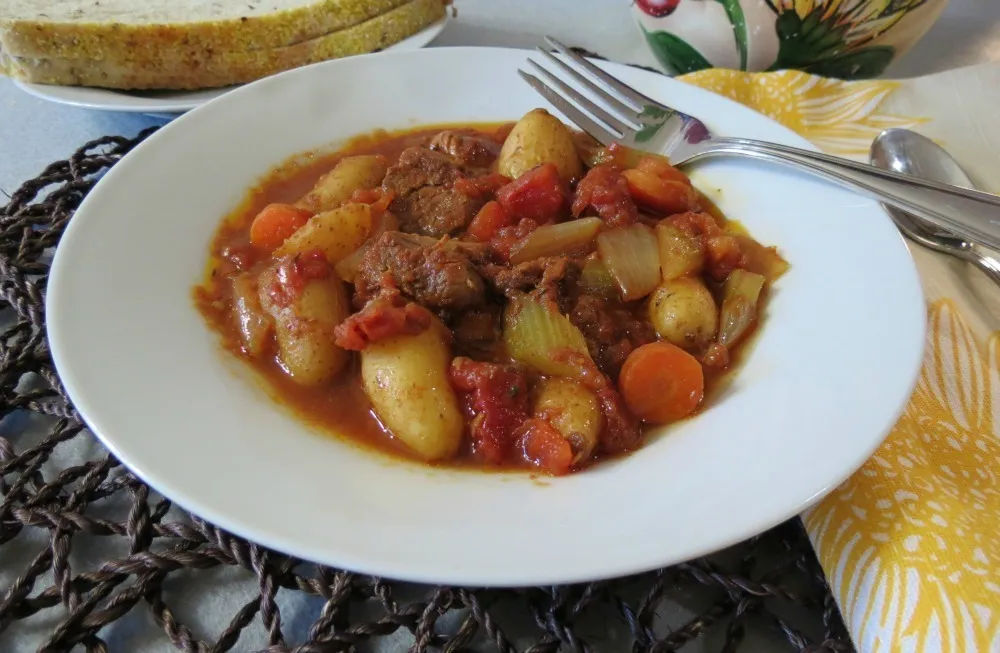
Origin of Laurel:
Laurel, also known as bay laurel or sweet bay, is an aromatic evergreen tree native to the Mediterranean region. Its botanical name is Laurus nobilis, belonging to the Lauraceae family. The laurel tree has a rich history and cultural significance dating back to ancient times. It was highly revered by the ancient Greeks and Romans, who associated it with victory, honor, and excellence. In Greek mythology, the god Apollo is often depicted wearing a laurel wreath, and the term “baccalaureate” derives from the Latin “baccalaureus,” meaning “laurel berry,” symbolizing academic achievement.
Culinary Use: The aromatic leaves of the laurel tree, known as bay leaves, are commonly used in cooking to add a distinctive flavor to various dishes. Bay leaves have a slightly floral and bittersweet taste, and they are often used to enhance the flavor of soups, stews, sauces, rice dishes, and meat preparations. Bay leaves are typically added whole during cooking to infuse the dish with their flavor, and they are usually removed before serving, as they can be tough and indigestible.

- Aromatic Uses: Dried bay leaves are often used as a natural air freshener and insect repellent due to their pleasant aroma. They are sometimes added to potpourri and herbal sachets for their fragrant properties.
- Decorative and Symbolic Use: Besides its culinary and medicinal uses, bay leaves are sometimes used as decorative elements in wreaths, garlands, and floral arrangements, especially during festive occasions and celebrations. They hold symbolic significance, representing victory, honor, and achievement.
The Recipe with Laurel
Classic Beef Stew with Laurel & Bay Leaves

Ingredients:
- 2 lbs (900g) beef stew meat, cut into chunks
- 2 tablespoons olive oil
- 1 large onion, diced
- 3 garlic cloves minced
- 2 large carrots, peeled and sliced
- 2 celery stalks, sliced
- 2 tablespoons tomato paste
- 4 cups beef broth
- 1 cup red wine (optional)
- 2 bay leaves
- 1 teaspoon dried thyme
- 1 teaspoon dried rosemary
- 1 teaspoon paprika
- Salt and black pepper to taste
- 1 cup frozen peas (optional)
- Fresh parsley, chopped (for garnish)

Steps:
- In a large pot or Dutch oven, heat the olive oil over medium-high heat. Add the beef stew meat and brown it on all sides. Remove the meat and set it aside.
- In the same pot, sauté the diced onion until translucent. Add the minced garlic and cook for another minute.
- Stir in the sliced carrots and celery, and cook for a few minutes until slightly softened.
- Add the tomato paste, dried thyme, dried rosemary, and paprika. Cook for a minute or two to enhance the flavors.
- Pour in the beef broth and red wine (if using), scraping the bottom of the pot to release any browned bits.
- Return the browned beef stew meat to the pot, along with the bay leaves. Season with salt and black pepper to taste.
- Bring the stew to a boil, then reduce the heat to low, cover the pot, and simmer for about 1.5 to 2 hours or until the beef is tender and the flavors have melded.
- If using frozen peas, add them to the stew during the last few minutes of cooking to heat through.
- Remove the bay leaves before serving.
- Garnish the beef stew with chopped fresh parsley for a burst of color and freshness.
- Serve the delicious and comforting beef stew with bay leaves over mashed potatoes or cooked rice for a hearty and satisfying meal!

